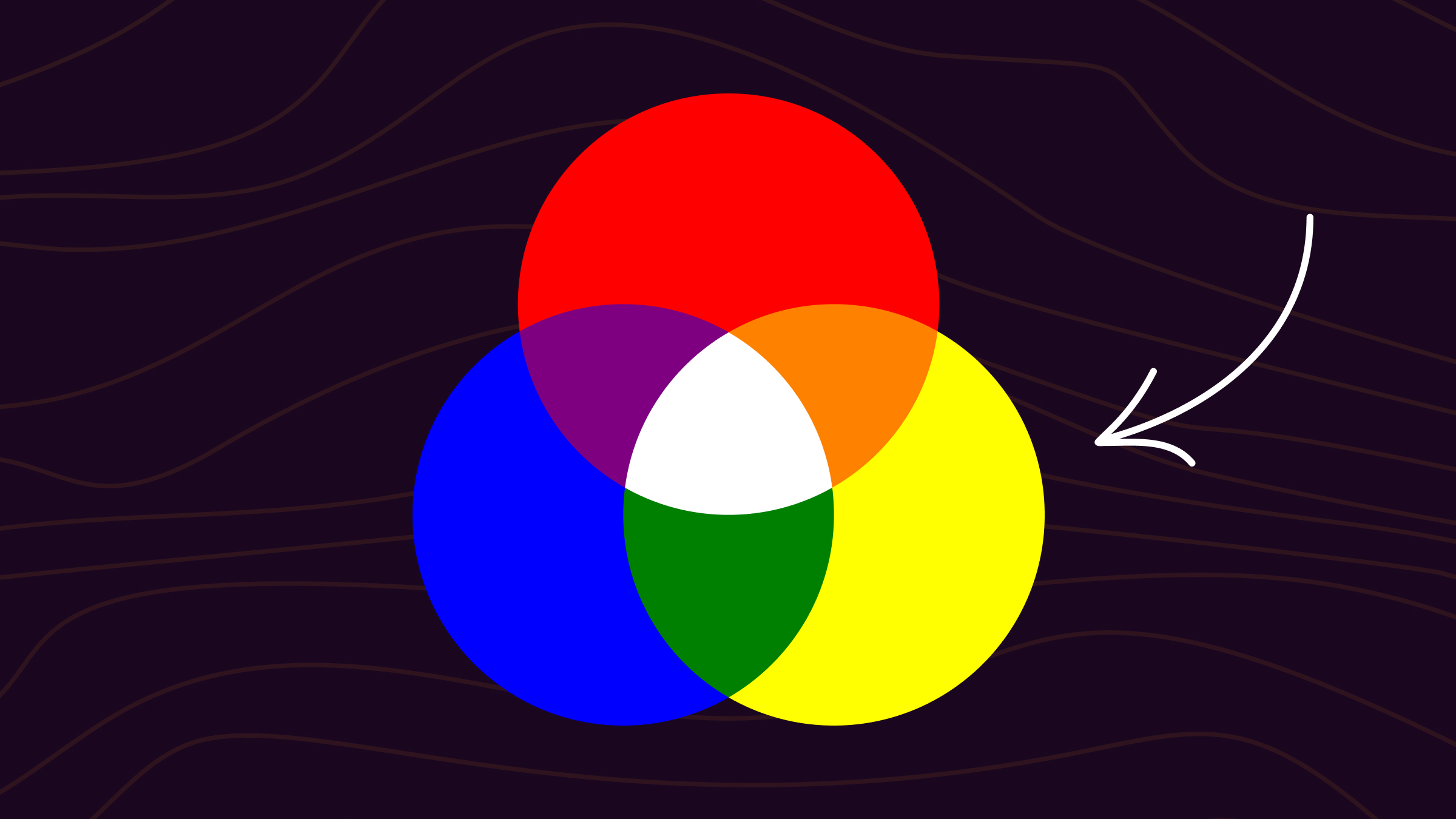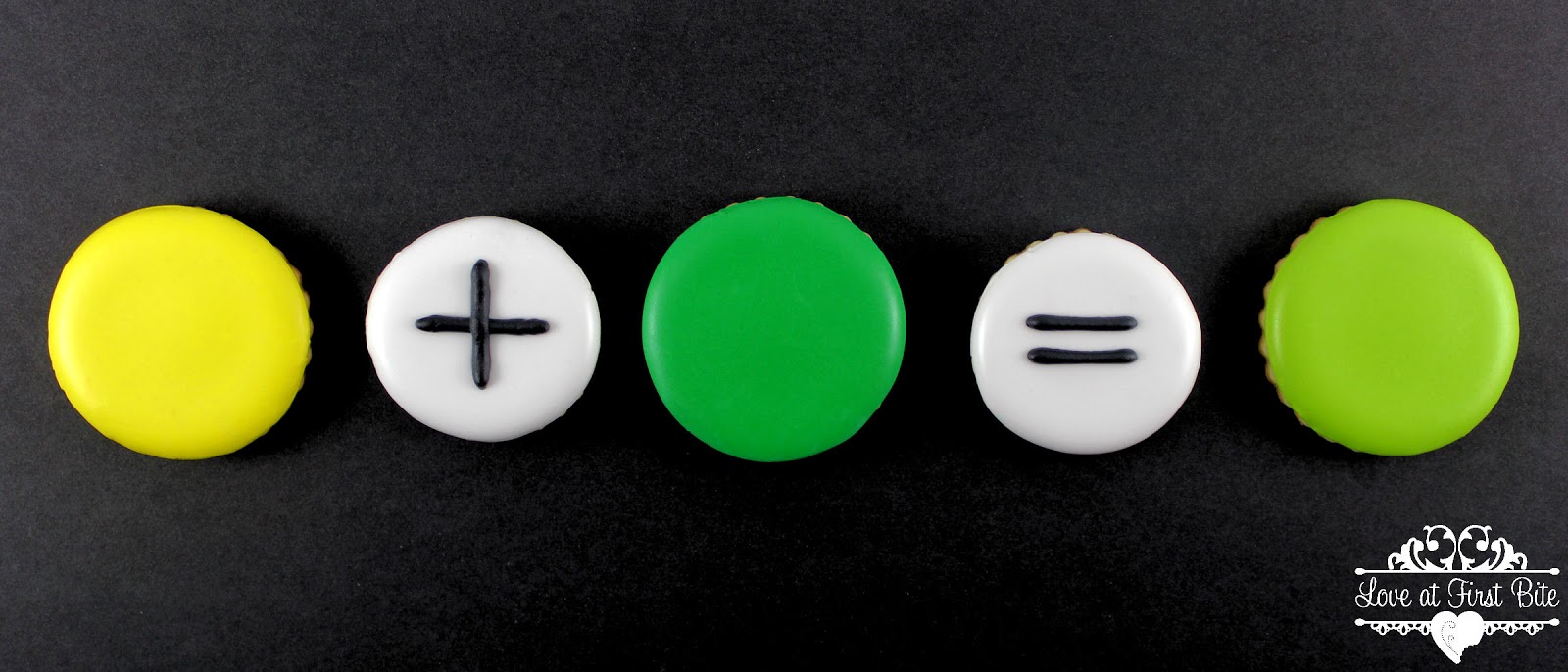Have you ever looked at a bright yellow sunflower and wondered how such a vibrant color could be created? The answer, like the sunflower itself, is complex and multifaceted. Yellow is not a singular entity; it is a journey through pigments, light, and perception, each playing a vital role in shaping our experience of this brilliant hue.

Image: colorkit.co
Understanding how yellow is made requires exploring the world of color science. Color, in essence, is our brain’s interpretation of light waves. Different wavelengths of light correspond to different colors, with yellow occupying a specific spectrum. Our eyes possess specialized cells called cones that detect these wavelengths, transmitting signals to our brains which then process and interpret them as color. However, the creation of yellow in the real world often involves pigments, substances that absorb certain wavelengths of light and reflect others. Let’s delve into the fascinating processes behind achieving this vibrant shade.
Pigments: The Building Blocks of Yellow
The world of pigments is a vast and colorful canvas, each pigment possessing unique properties that determine its hue, intensity, and ability to mix with others. In the realm of yellow, the most common pigments are derived from natural sources, many of which have been used for centuries.
Natural Yellows: From Earth and Stone to Plants and Insects
One of the earliest known yellow pigments is ochre, a naturally occurring earth pigment consisting of iron oxide and clay. Ancient cave paintings across the world attest to its enduring use. Another natural yellow pigment is orpiment, a brilliant yellow mineral consisting of arsenic trisulfide. It was employed by artists in ancient Egypt and China, though its toxicity made its use less common over time.
The plant kingdom also provides a plethora of yellow pigments. Curcumin, found in turmeric, is a vibrant yellow dye that has been used in food and textiles for millennia. Saffron, derived from the Crocus sativus flower, yields a rich, orange-yellow pigment prized for its intense color and aromatic qualities. Even insects contribute to the yellow palette. Kermes, a dye produced from a scale insect that feeds on oak trees, generates a deep, reddish-yellow color that was once highly sought after.
Synthetic Yellows: The Rise of Modern Pigments
With advances in technology, synthetic pigments have become increasingly prevalent. These pigments are often created through chemical processes, allowing for greater control over hue and intensity. Examples of synthetic yellow pigments include cadmium yellow, famous for its brilliance and durability, and yellow ochre, a synthetic analogue of the natural earth pigment. Other commonly used synthetic yellows include Hansa yellow, a bright and opaque pigment known for its versatility, and pyrrhotite, a metallic, earthy yellow pigment produced from iron sulfide.

Image: loveatfirstbiteyork.blogspot.ae
Creating Yellow: The Art of Mixing
While some pigments naturally produce a pure yellow, others are blended to achieve specific hues and tones. The fascinating world of color mixing relies on principles of color theory, which outlines how different pigments interact and blend when combined.
The Primary Colors: A Foundation for Yellow
The primary colors – red, yellow, and blue – are the foundation of color mixing. They cannot be created by blending other colors, yet they can be combined to create a vast spectrum of hues. While yellow itself is a primary color, it can be blended with other primary colors to create a variety of secondary colors, such as orange (yellow and red) and green (yellow and blue).
Tertiary Colors: Expanding the Color Palette
By blending a primary color and a neighboring secondary color, we create tertiary colors. For instance, blending yellow with orange (a secondary color) produces yellowish-orange, while combining yellow with green creates yellowish-green.
Hue, Saturation, and Value: Modifying Yellow
Hue, saturation, and value are three fundamental attributes of color that influence its appearance. Hue refers to the pure color, such as yellow, while saturation describes its intensity or purity. A highly saturated yellow would appear bright and vivid, while a less saturated yellow would appear more muted. Value refers to the lightness or darkness of a color. Light yellow would have a high value, while a dark yellow would have a low value.
Yellow in Light: The Spectrum of Color
Pigments are not the only way to create yellow. Light itself also offers a fascinating avenue to achieve this color. Light, as we mentioned earlier, consists of various wavelengths, each corresponding to a different color. When white light, which contains all wavelengths, is passed through a prism, it is separated into its constituent colors, forming a rainbow. Yellow, a specific wavelength within this spectrum, is visible to our eyes as a vibrant hue.
Additive Color Mixing: Combining Lights
Light, unlike pigment, follows the principles of additive color mixing. This means that when we combine different colors of light, they add up, resulting in a brighter color. For example, combining red and green light produces yellow light. This principle is utilized in television screens, computer monitors, and other digital displays, where red, green, and blue light are combined to create a full spectrum of colors, including yellow.
Yellow in Perception: The Power of the Mind
Our perception of yellow is not merely a response to light or pigment. It is influenced by a complex interplay of factors, including our cultural background, personal experiences, and even our mood. Yellow, for instance, is often associated with sunshine, warmth, and happiness, potentially influencing our perception of it as a cheerful and optimistic color.
Cultural Influences on Color Perception
Different cultures have different interpretations of color. Yellow, in some cultures, is associated with prosperity and royalty, while in others it might represent caution or sickness. These cultural factors can shape our perception of a color and how we respond to it.
The Role of Contrast and Context
The context in which yellow is presented can also influence its perception. Contrasting yellow with other colors can heighten its vibrancy and impact. For example, yellow placed against a blue background appears more intense and radiant than when placed against a green background.
The Importance of Yellow: From Art to Science
Yellow is not just a visually appealing hue; it holds significance across various domains, ranging from art and design to science and technology.
Yellow in Art and Design
For centuries, artists have harnessed the power of yellow to convey emotions, create visual interest, and enhance their compositions. Yellow is often associated with optimism, joy, and energy. Artists like Van Gogh and Monet famously incorporated yellow into their works to capture the brilliance of sunlight and the vibrancy of nature. Yellow is also widely used in design, from branding and advertising to interior design and fashion, where it can be used to create a sense of warmth, optimism, and attention-grabbing appeal.
Yellow in Science and Technology
Yellow plays a crucial role in science and technology as well. In physics, yellow light is used in various experiments, from studying the properties of light to understanding the behavior of atoms. In chemistry, yellow compounds are used in various reactions and analyses. Yellow dyes and pigments are employed in various industries, ranging from textiles and printing to food and cosmetics. Yellow, in short, is an influential color with important applications across diverse fields.
How Do You Make The Color Yellow
https://youtube.com/watch?v=sRmVYl-7Xc4
Conclusion
The journey to understanding how yellow is made has led us through a fascinating path, revealing the intricate interplay of pigments, light, and perception. Yellow, far from being a simple color, is a complex concept, rooted in our understanding of physics, chemistry, culture, and even our own mental processes. As we continue to explore the world of color, we gain an even deeper appreciation for the beauty, complexity, and influence of this captivating hue.

:max_bytes(150000):strip_icc()/OrangeGloEverydayHardwoodFloorCleaner22oz-5a95a4dd04d1cf0037cbd59c.jpeg?w=740&resize=740,414&ssl=1)




